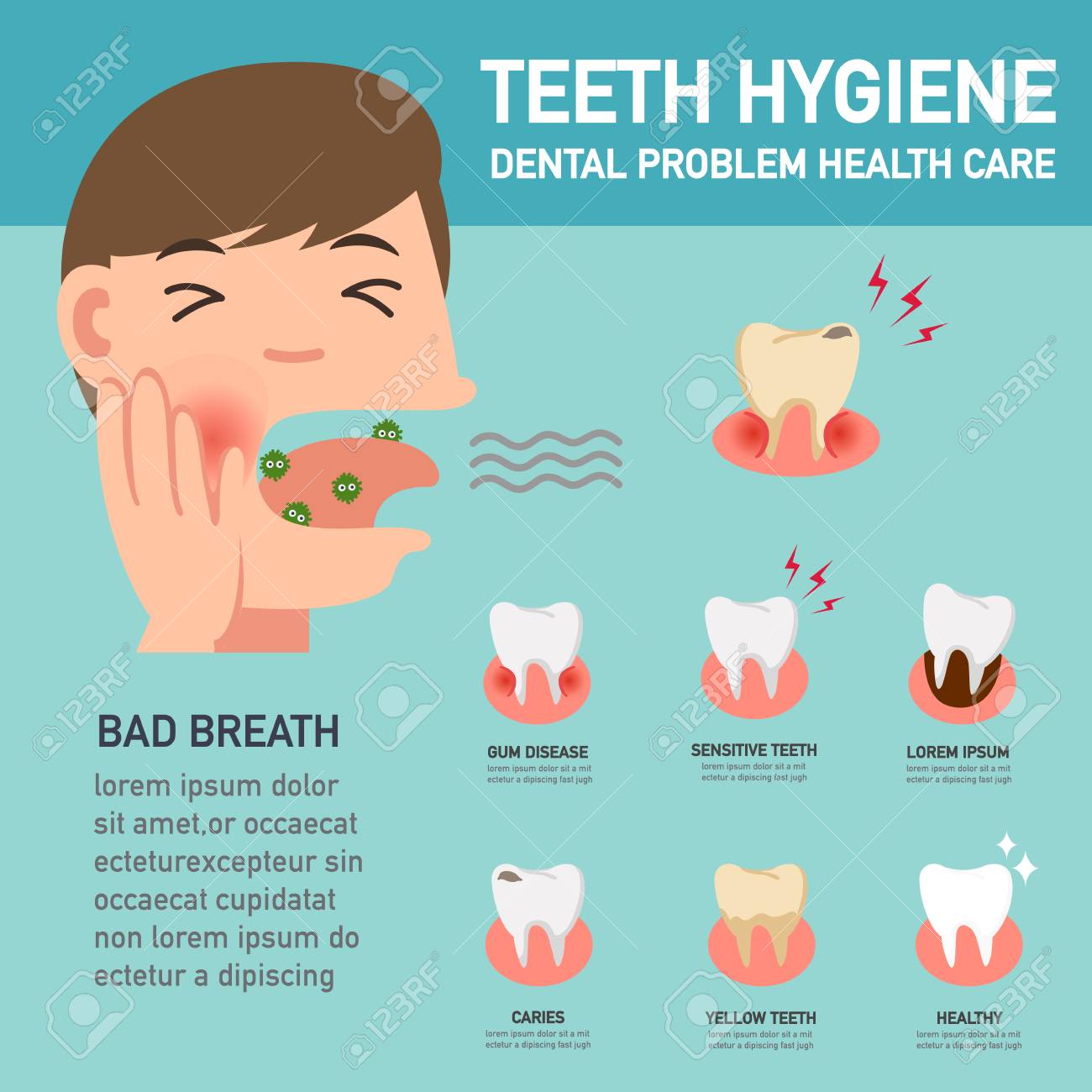Invisalign Vs. Traditional Braces: A Thorough Comparison
Invisalign Vs. Traditional Braces: A Thorough Comparison
Blog Article
Web Content By-Ring Vargas
When faced with the choice in between Invisalign and standard braces, you may ask yourself which option lines up better with your way of life and preferences. The option involves more than just the visual charm; it explores factors like treatment period, convenience, and long-term dental wellness impacts. Take into consideration the effect each option may carry your day-to-day routine and confidence. As we explore the comprehensive comparison, you'll gain understandings right into the subtleties that make these orthodontic therapies distinct and uncover which one might be the better fit for you.
Products and Building and construction
When contrasting Invisalign to conventional dental braces, the products and construction differ significantly. Invisalign contains clear, smooth plastic aligners customized to fit your teeth. These aligners are virtually undetectable, making them a popular selection for those seeking a much more very discreet orthodontic treatment.
On the other hand, typical braces entail metal brackets that are glued to your teeth. These brackets are then linked by cords and rubber bands, applying pressure to gradually change your teeth into the preferred position.
The building and construction of Invisalign aligners permits a much more comfortable fit contrasted to standard dental braces. The smooth plastic material minimizes inflammation to your cheeks and periodontals, which is a typical problem with steel braces and wires. Additionally, Invisalign aligners are detachable, making it much easier to clean and floss your teeth without any obstructions.
In dentist albuquerque , typical dental braces are fixed onto your teeth, calling for additional treatment and time for proper upkeep.
Upkeep and Oral Hygiene
The upkeep and dental health methods vary between Invisalign and standard braces because of their unique style and construction.
With Invisalign, you can remove the aligners when eating or cleaning your teeth, allowing you to preserve your regular oral health regimen with no blockages. It's vital to clean your teeth after eating prior to putting the aligners back on avoid food fragments from obtaining entraped and triggering decay.
On the other hand, typical dental braces call for additional attention to keep your teeth clean. Food bits can quickly get stuck in the brackets and cords, leading to plaque accumulation and possible tooth decay. You'll require to use special devices like interdental brushes or floss threaders to tidy between the cables and brackets effectively.
Regular dental examinations and cleanings are essential to make sure that your dental hygiene remains in top problem while wearing standard braces.
Presence and Appearance
Visibility and aesthetics play a considerable function in the contrast in between Invisalign and typical braces. When it pertains to appearance, Invisalign supplies a clear advantage over conventional braces. read what he said are practically invisible, making them a preferred selection for those that favor an extra discreet orthodontic treatment alternative.
Unlike the obvious steel braces and cables of standard dental braces, Invisalign aligners are clear and blend in with your all-natural teeth, enabling you to grin confidently throughout your treatment.
Conventional braces, on the other hand, are a lot more obvious due to their steel parts. While some might opt for vibrant bands to customize their braces, others may feel awkward about the exposure of these orthodontic appliances. The prominent appearance of conventional dental braces can often influence an individual's self-worth, particularly for adults in specialist setups.
Final thought
To conclude, when picking in between Invisalign and traditional braces, consider your lifestyle and choices. Invisalign supplies a discreet and comfy choice with simple maintenance, while conventional dental braces offer vibrant modification however may affect self-worth.
Eventually, the decision should be based on what works best for you in regards to aesthetic appeals, benefit, and convenience. Make sure to seek advice from your orthodontist to determine the most appropriate treatment for your specific needs.
